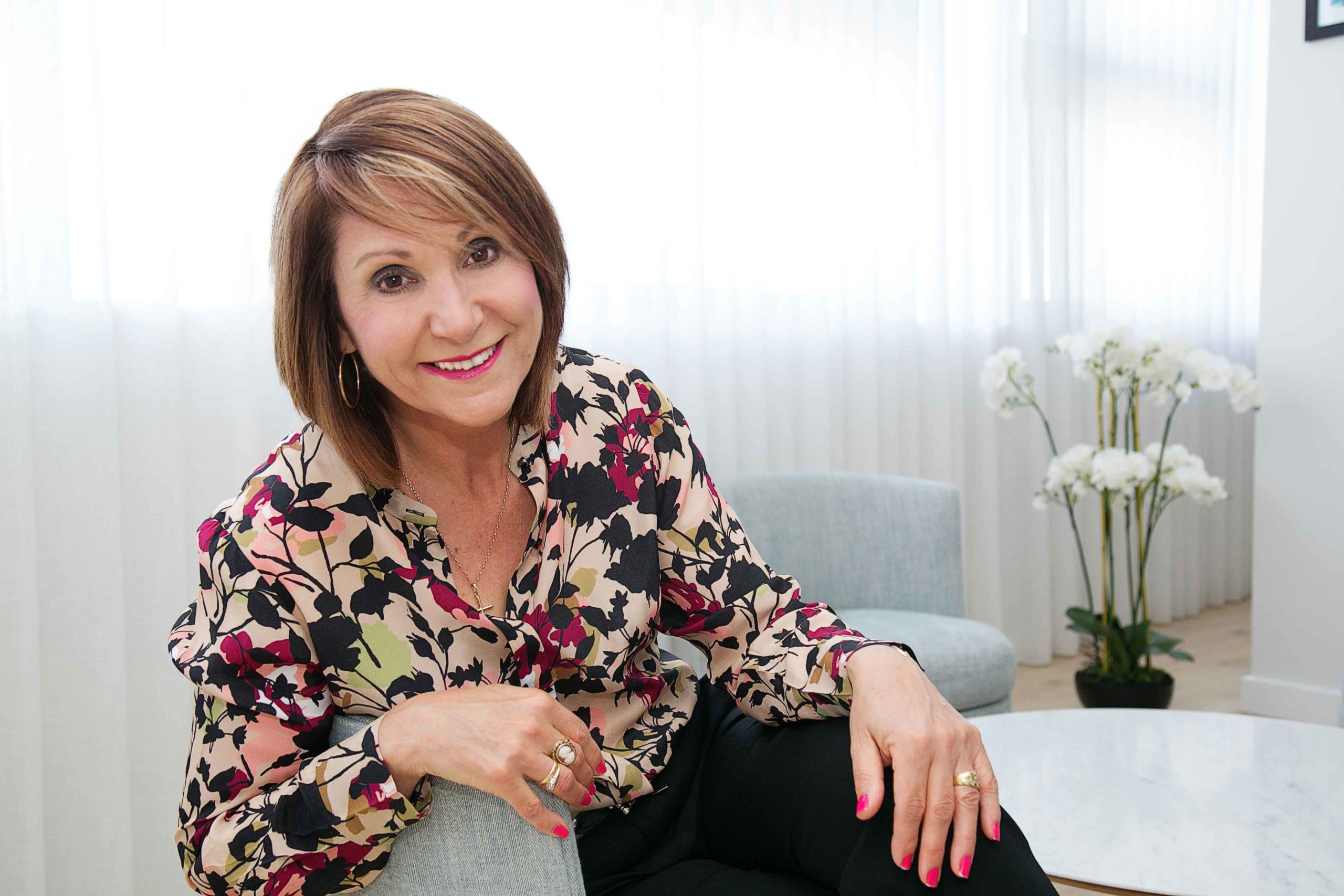
5 decorating techniques that separate the pros from the amateurs
Newcastle based interior design expert CarMel Gibson, MDIA, shares her top tips to breathe new life into a home.
1. Always start with your flooring
Whether you want your home to be relaxing, calm or invigorating, always start with your floor, then follow with the colours for your walls and know that everything will flow from there. Floors are often overlooked, or left until last, whereas they should be one of the first things you think about. Keep in mind that they will be in your eye line from all viewpoints.
Of course, if you can’t afford to install a new floor, the answer is rugs. Ensure it’s as large as possible, and toned with your palette. Or try a carpet remnant cut to fit and professionally bound around the edges this will be a very satisfactory stop-gap solution.
2. Add relief and texture
Applied decorative trims are fabulous for physically adding a line of alignment to a room. Think cornicing, picture rails, dados, panelling, and skirtings. And they certainly shouldn’t be regarded as only suitable for older properties or a more traditional look.
Any white box of a room can be completely transformed with the addition of well chosen wallpaper, drapery, or with a plaster ceiling mould to accent a decorative pendant light.
3. Love built-in storage and shelving
With no legs or brackets to distract the eye and with the full expanse of the floor uninterrupted by furniture, wall-hung shelving and built-in storage units are another way to make any room feel more spacious. Even lifting storage units a few centimetres off the floor will make a huge difference.
As for shelving, wherever possible, opt for floating shelves, with no visible supports to allow the focus to be on whatever is being displayed.
4. Make room for a view
Views to the outside are incredibly important; they allow the eye to travel beyond the physical borders of a room, implying freedom. Consider the opposite: how cosy a space feels when you deliberately block off such stimuli by drawing curtains or closing shutters. Or if we take this to the extreme: how oppressive a room becomes with no recourse to an external view at all.
5. Connect and add personality with upholstery and art
Wide openings between adjacent spaces emphasize the need for defining different areas. As you move from room to room you can create an almost theatrical effect, as if you’re going from set to set. From the living room, you might get a generous glimpse of a massive painting in the adjoining dining room. To anticipate the painting, you can introduce upholstery that echoes the canvas’s colours and organic forms.
Other unifiers: symmetry, neutral shades (the wall colours, the rug, the artwork’s canvas) and the way the crystal chandelier in the dining room nods to the fussiness of the twin chairs and the gilded table lights.
CarMel Gibson is a Member of the Design Institute of Australia and has built a reputation for providing her clients with “old-fashioned” personalised service.

